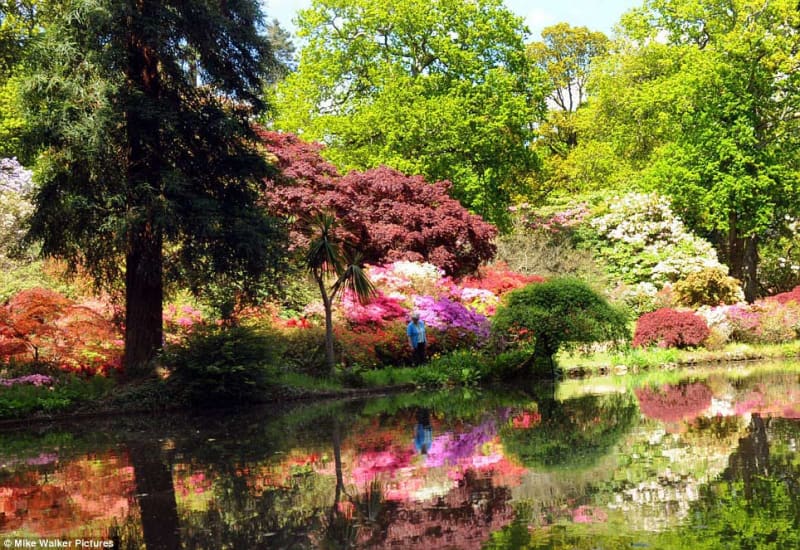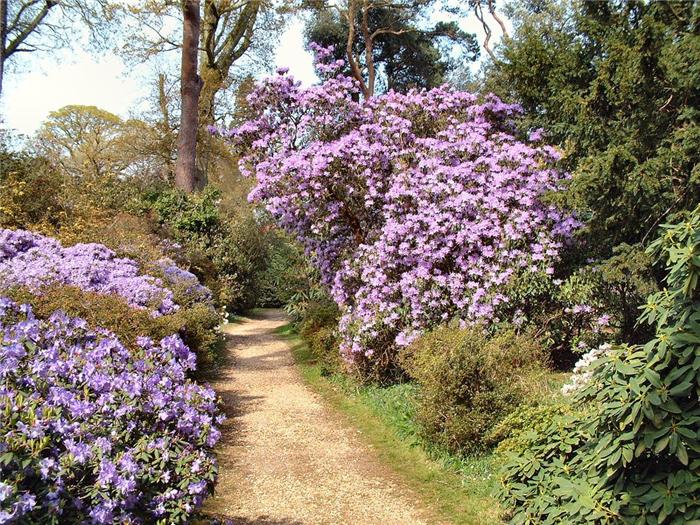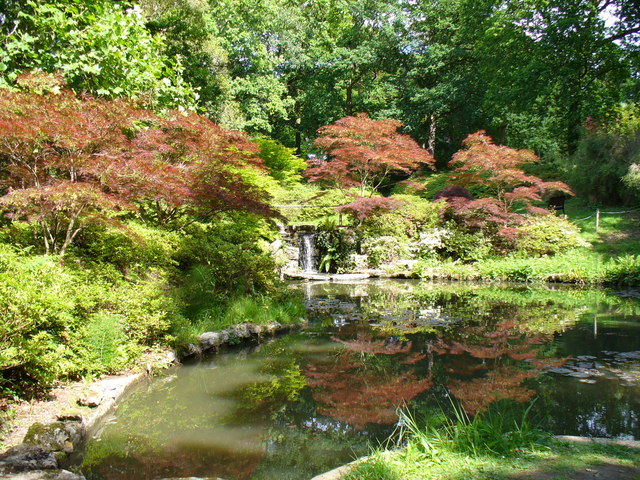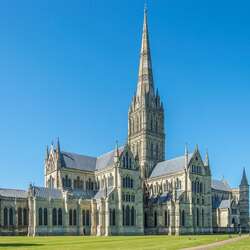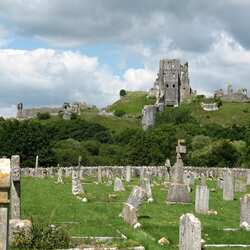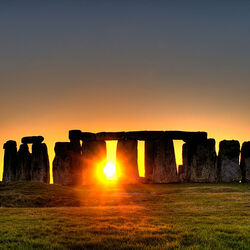Exbury Garden
Exbury Garden is one of the best gardens not only in the UK, but also in the world. In 1918, Baron Lionel Nathan Rothschild chose these beautiful places for his estate. Lionel was a very unusual banker - banks were just a hobby for him, and gardening was his life's work.
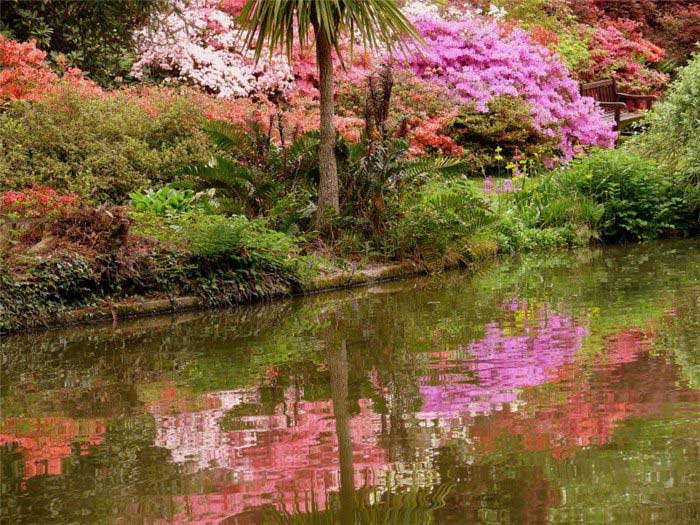
To fulfill his dream, Lionel bought an estate with an area of 80 hectares, located on the Beaulieu River. He spent almost all of his wealth on the Exbury Garden, on breeding new varieties of plants. He particularly liked azaleas and rhododendrons. He treated the garden responsibly and persistently, and in 1919, almost 150 excavators dug up the territory here, enriching the land with chernozem. It took them 10 years to do this, then a water tower with reservoirs was installed on the estate and an irrigation system with a pipe length of almost 35 kilometers was built.
During his travels, Lionel Rothschild looked after beautiful plants for his collection. And soon cedars from Lebanon, rhododendrons, huge redwoods, and cherries appeared in the Exbury garden. Of course, it was not so easy to bring these plants and trees to the UK, and it cost a large sum, but he did not regret anything for the Exbury garden. In order for the plants to better adapt to the cool climate of the foggy Albion, Lionel was engaged in crossing plants, and achieved great success in this, so almost a thousand cold-resistant hybrids were obtained. Today, the collection of plants in the Exbury Garden is estimated at millions of dollars.
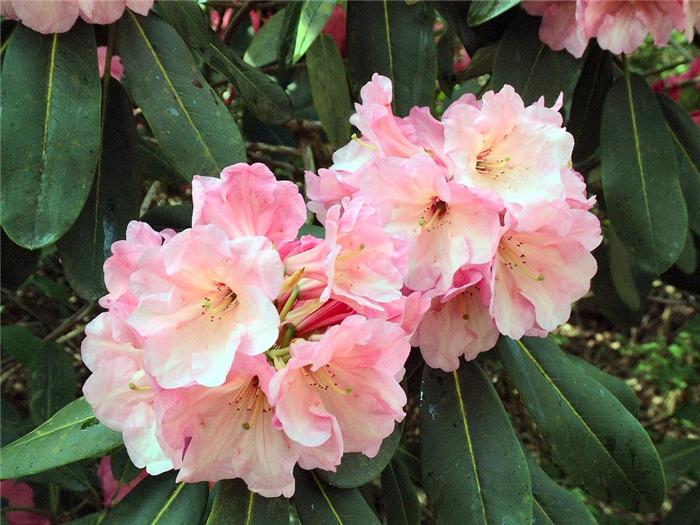
The tranquility of the garden came to an end during the Second World War, unable to withstand the stress, the baron died in 1942, and the estate was reclaimed for military needs. Lionel's wife did not abandon her husband's dream and, together with 4 gardeners, continued to take care of the garden until her son Edmund returned from the war. In the 1950s, the park was opened to the general public. Soon a shopping mall was built where you can buy rare plants from the Exbury garden. Nowadays, the vast territory of the garden can be traveled by a small narrow-gauge train, but it is best to walk around the garden and enjoy the beauty of plants collected from all over the world.: India, Japan, China, Spain, America. Some plants from the garden's collection died in their historical homeland.
The many amazing hybrids created in the greenhouses of Exbury have achieved universal recognition among gardeners. Such hybrids include the "blue Alpine rose", which resists all attempts by photographers to correctly convey unusual combinations of colors, since the pure blue flowers in almost all the pictures look reddish.
Tree-like rhododendrons with flaming reddish flowers are often found in gardens in Southern England and Cornwall. Real canopies of buds form arches over the guests, harmonious plant compositions are replaced by daring experiments, all the time a new view of the communicating reservoirs is being discovered, with flowers reflected in them and snow-white clouds in the blue sky. Camellias have also found perfect conditions for growth here and captivate with an outlandish abundance of buds.
The Exbury Garden is open to the public, but is still the property of the Rothschild Barons. Walking in the garden is very pleasant. Almost the entire area is covered with forests. Some trees have been preserved since the 18th century. It's impossible to get lost here - there are information signs all around. Fascinating elements keep coming across among the impenetrable plantings: statues, benches, streams, bridges. It is best to visit the garden in early May, when bluebells join the blooming rhododendrons. During the year, the Exbury Garden is visited by almost 110,000 thousand guests.
